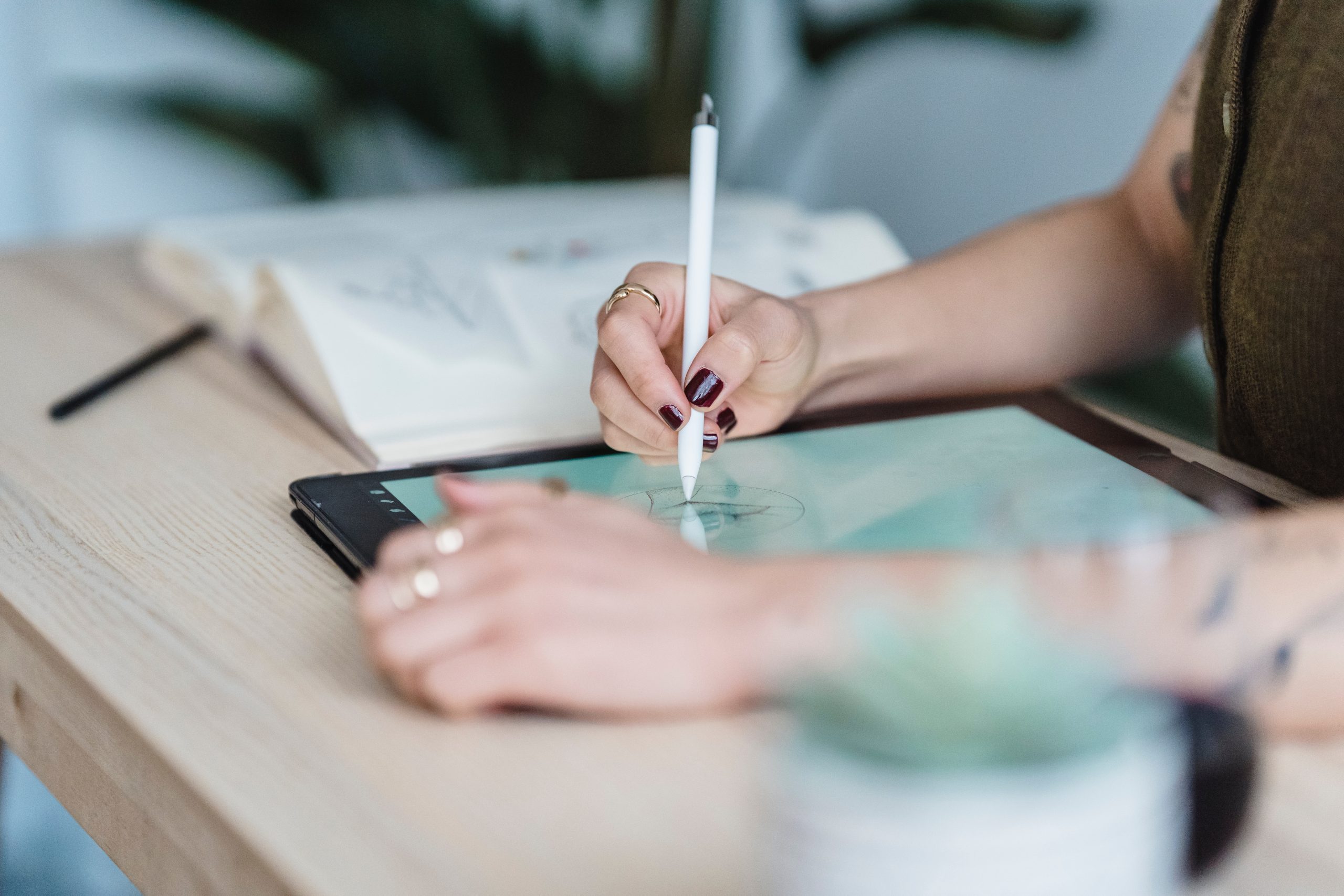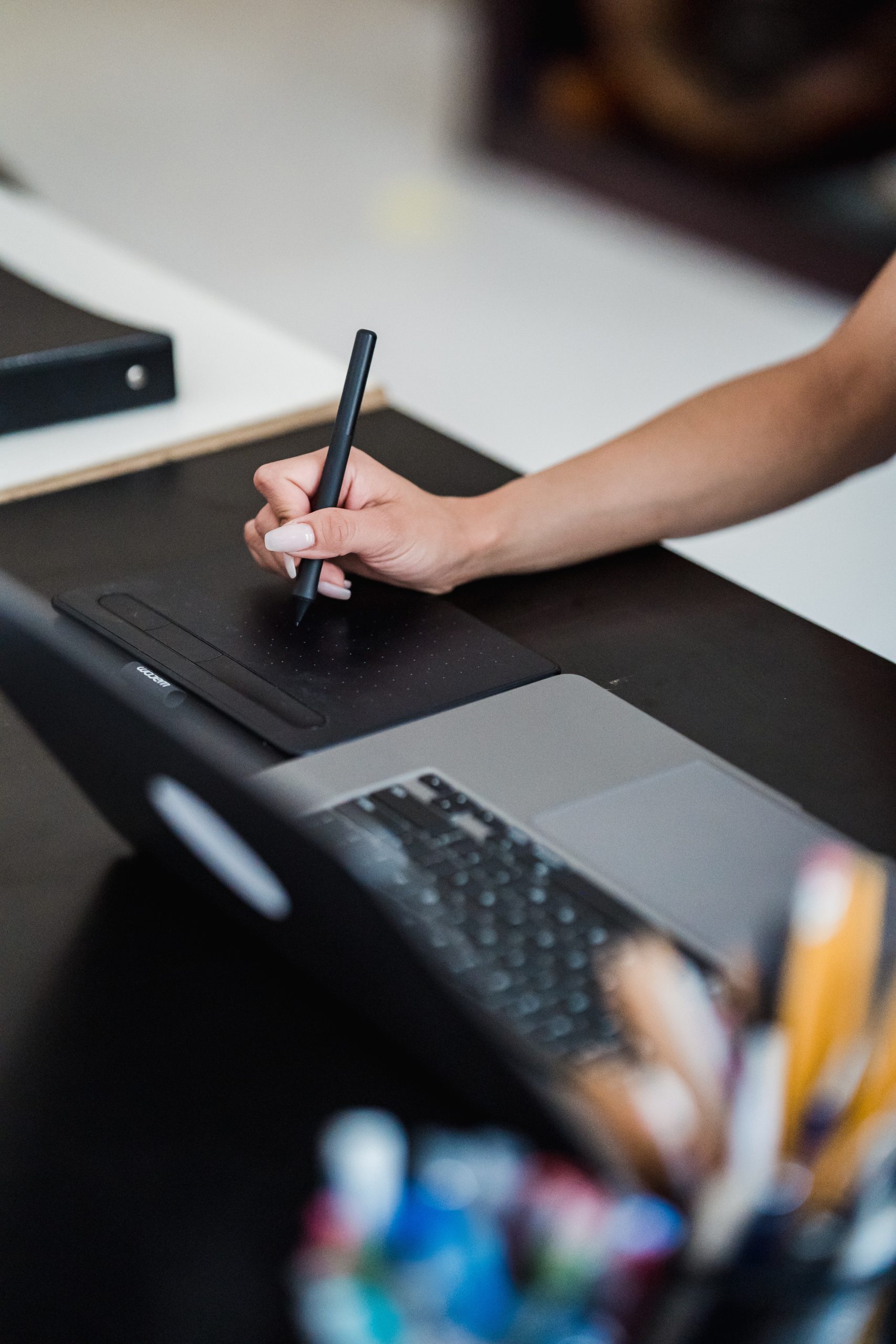Graphic design is a dynamic field that combines creativity, technology, and visual communication. While drawing skills can be a valuable asset for a graphic designer, the question remains: Is it necessary to have amazing drawing abilities to excel in this profession? In this article, we’ll explore the role of drawing skills in graphic design, the alternative tools available, and the broader skill set that defines a successful graphic designer.
The Evolution of Graphic Design
In the early days of graphic design, drawing was a fundamental skill. Designers often relied on pencil, ink, and paper to create logos, illustrations, and layouts. However, with the advent of digital technology, the landscape of graphic design underwent a profound transformation. Designers now have access to a plethora of software and tools that enable them to create intricate and visually stunning designs without necessarily being adept at traditional drawing.
Digital Tools and Design Software
Modern graphic designers have at their disposal an array of powerful design software, such as Adobe Creative Suite, CorelDRAW, and Sketch. These graphic design tools provide a user-friendly interface and a wide range of features that allow designers to create complex designs, manipulate images, and craft layouts with precision. With the help of these applications, designers can generate visually striking compositions even without exceptional drawing skills.
Vectors and Illustration Libraries
Vector graphics have become a cornerstone of modern graphic design. Unlike raster images, which are composed of pixels, vector graphics are based on mathematical formulas, allowing for scalability without loss of quality. Designers can utilize vector illustration tools like Adobe Illustrator to create logos, icons, and illustrations, irrespective of their freehand drawing abilities.
Additionally, designers have access to extensive libraries of pre-made vector graphics and illustrations, which can be customized and incorporated into their projects. This vast resource pool enables designers to create intricate visuals without the need for advanced drawing skills.
Collaboration and Specialization
In many design projects, collaboration is key. While a graphic designer may not possess exceptional drawing skills, they can collaborate with illustrators or artists who specialize in creating custom illustrations. This collaborative approach allows each professional to focus on their respective strengths, resulting in a final product that combines the best of both worlds.
Emphasis on Conceptualization and Communication
While drawing skills are undoubtedly valuable, they are just one tool in the larger toolkit of a graphic designer. What sets exceptional designers apart is their ability to conceptualize and communicate ideas effectively. This involves understanding the client’s vision, identifying the target audience, and translating abstract concepts into compelling visuals.
A successful graphic designer must have a deep understanding of design principles, including layout, color theory, typography, and composition. They must also possess a keen eye for detail and an intuitive sense of aesthetics.
While amazing drawing skills can be a valuable asset for a graphic designer, they are by no means a prerequisite for success in this field. With the advent of digital technology and sophisticated design software, designers have an extensive toolkit at their disposal. By leveraging these tools, along with a strong foundation in design principles and effective communication, designers can create visually captivating and impactful work.
Ultimately, what defines a successful graphic designer is their ability to bring ideas to life, captivate audiences, and deliver visual solutions that resonate with their clients. It’s a dynamic blend of creativity, technical proficiency, and a deep understanding of design principles that sets exceptional designers apart in the ever-evolving world of graphic design.



